German Decay: Walls of tears at the headquarter of hate
For a century, this building was a place of horror - a police headquarters that was much more than that. Directly behind the offices, with their administrative rooms and stacks of files, lies a gloomy, damp prison wing. Throughout its history, the building served as a bastion of power for many different regimes.
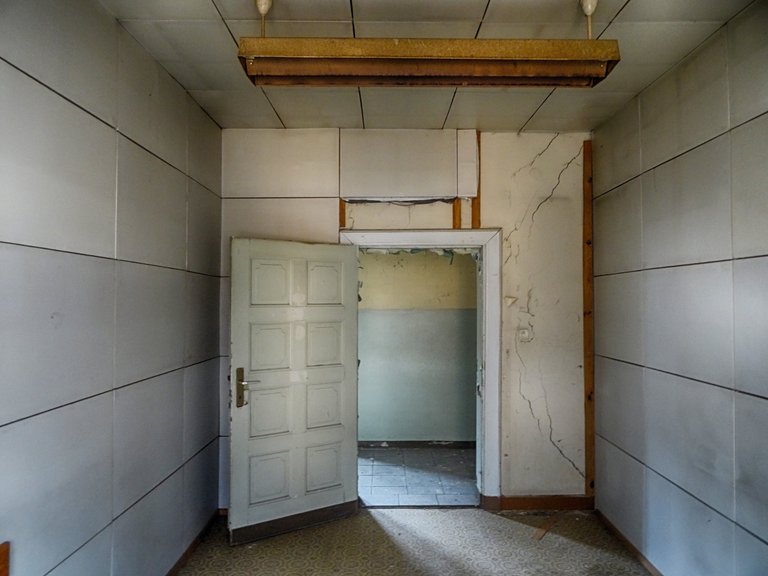 Perhaps one of the interrogation rooms, the walls are soundproof
Perhaps one of the interrogation rooms, the walls are soundproof
Tears in the walls
From here, the Imperials, the officials of the Republic, the Nazis, the Communists, and the Democrats ruled. For two decades, this huge fortress of terror has stood empty. The walls, shaped by suffering, are crumbling.
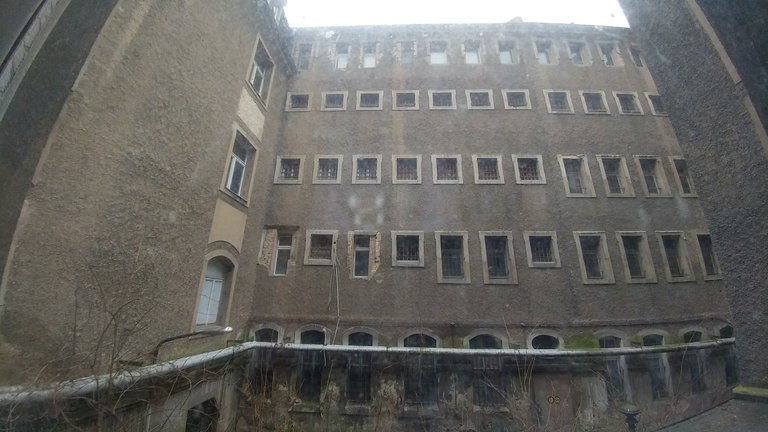 The backyard
The backyard
The cell is not much larger than a closet. Even a fleeting glance inside creates a sense of oppression. Here, at the very back, in a wing hidden deep within the building, the former Halle police headquarters hides its darkest secret. The cell block consists of tiny, lightless chambers, crammed between thick walls, with barred windows, in front of which a tiny backyard gapes like a bottomless chasm.
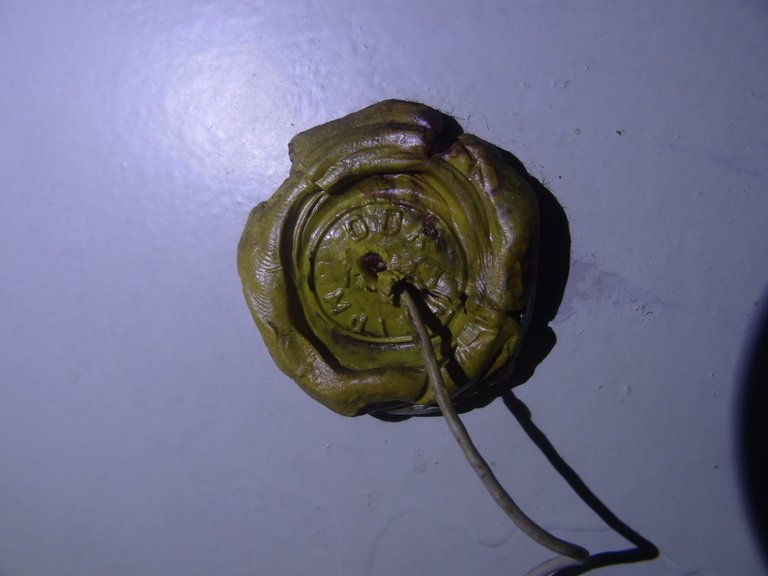 The seal of the socialist police ("DDR").
The seal of the socialist police ("DDR").
History fading away
The bustling city center is just a stone's throw away, and schoolchildren go to class right next door. Their cheerful laughter is nowhere to be heard. A seal from the GDR era still hangs on a door, and in a large conference room, a backlit map of divided Berlin is displayed in a specially made opening in the wall. These are witnesses to a history that is slowly and quietly fading away.
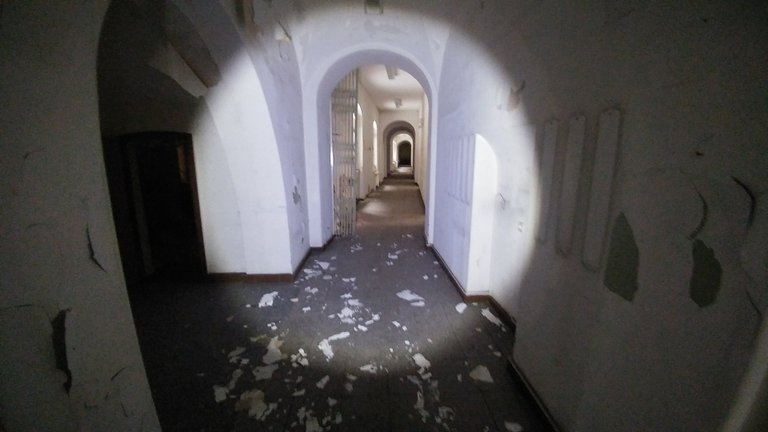 The corridors of power.
The corridors of power.
The gigantic building in the center of the East German city of Halle was constructed between 1907 and 1909, not far from the birthplace of the famous composer Georg Friedrich Handel, based on a design by the then city architect Gustav Zachariae.
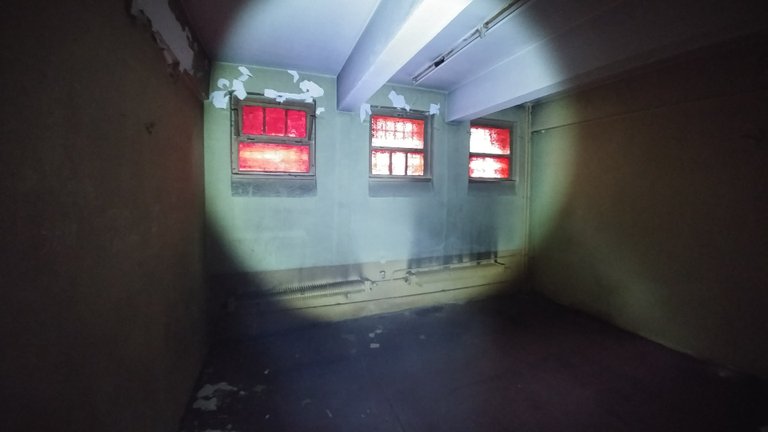 It's dark in there
It's dark in there
Home of Kaisers Police
First, the Kaiser's police station was based here, then the Republic's. Later, the Halle State Police station moved in. Zachariae's imposing building became the headquarters not only of the regular police, but also of the Gestapo.
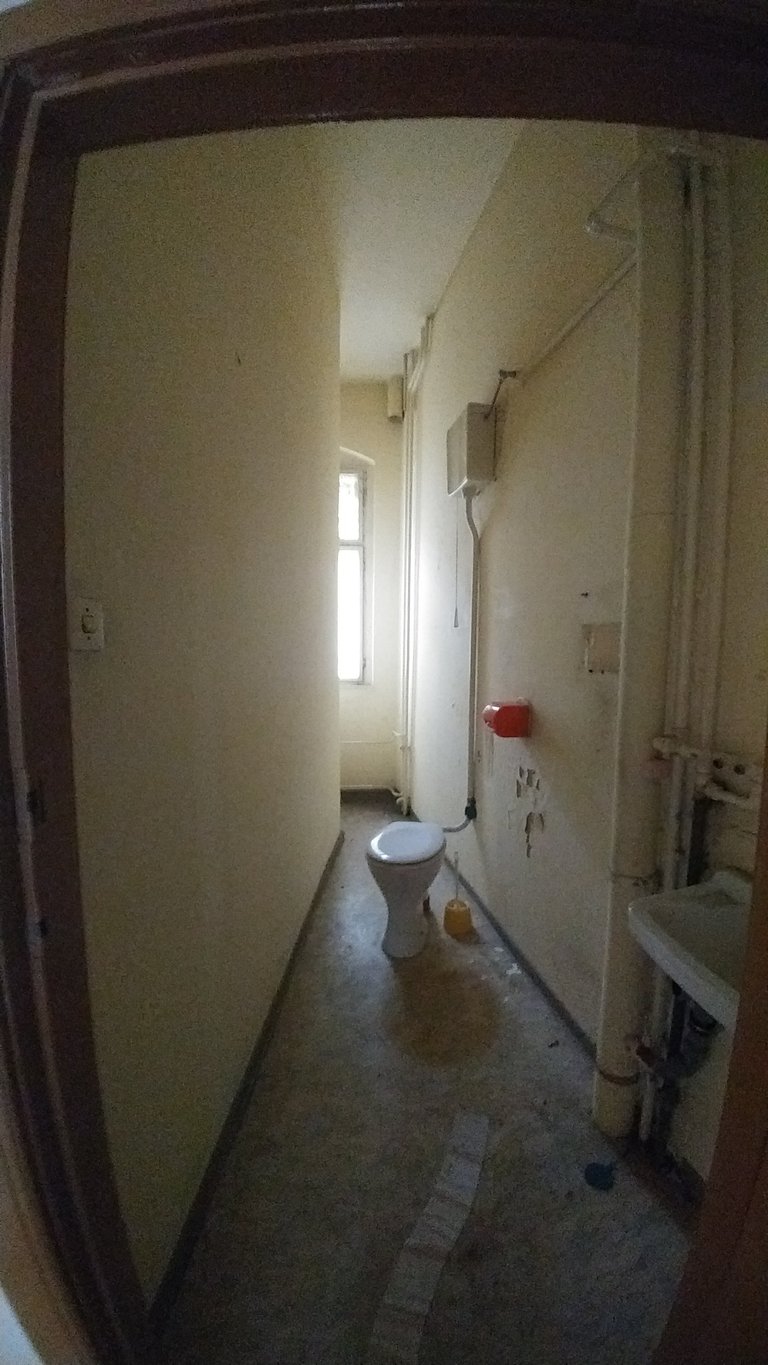 Strange restroom
Strange restroom
During the reign of SS-Standartenführer Heinrich Vitzdamm, who was simultaneously the Gestapo chief in Gliwice and SD chief in Katowice, the Englishman Joseph Gillingham, who had been imprisoned for resisting the German occupiers, died here in March 1945 - allegedly of heart failure. After the war, the communist People's Police (Volkspolizei) took over.
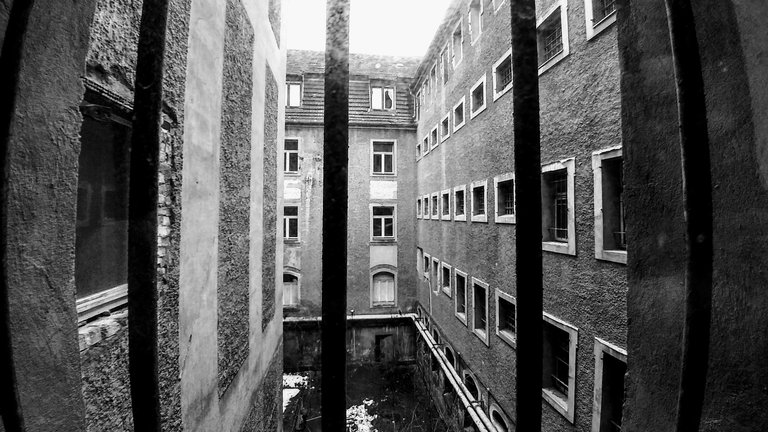 View into the grey backyard
View into the grey backyard
Wide corridors lead into an inscrutable maze of branches and hallways. It was a place of terror for anyone summoned "to clarify a matter," as it was called in the GDR era. The police continued to use the building until 2005, but the condition of the listed building deteriorated noticeably. New construction next door lowered the groundwater level.
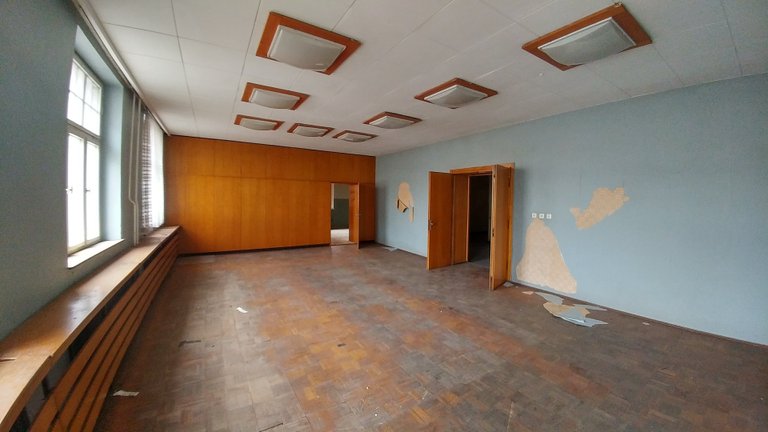 The room of the police chief
The room of the police chief
The front area sunk
The wooden piles on which parts of the building are founded began to rot. The police headquarters, an imposing four-story building that conservationists describe as having an "Art Nouveau façade with well-proportioned structure," began to collapse. The front area sank, the back did not. Today, there's a gap in the building that runs right through it.
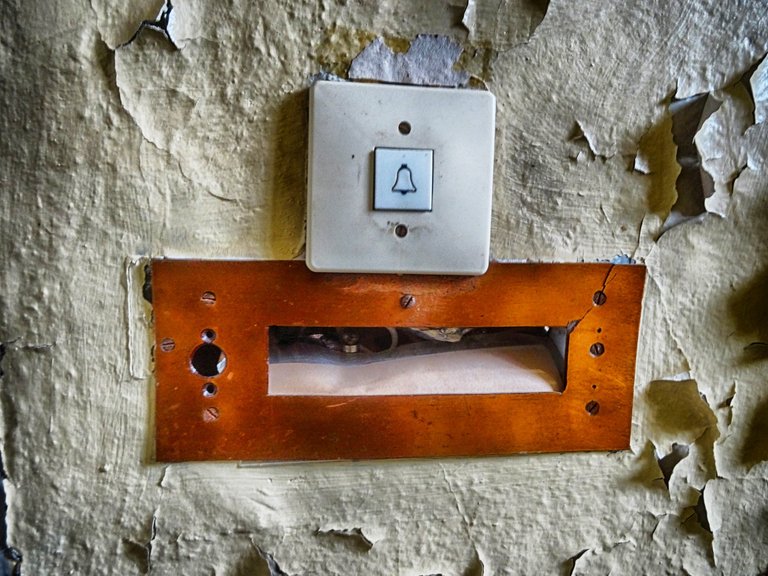 You never should ring
You never should ring
This brutal splendor still has an intimidating effect on visitors. German television viewers occasionally got a glimpse into the building's condition when office scenes were filmed behind the entrance hall. Everything still looks as it did 100 years ago.
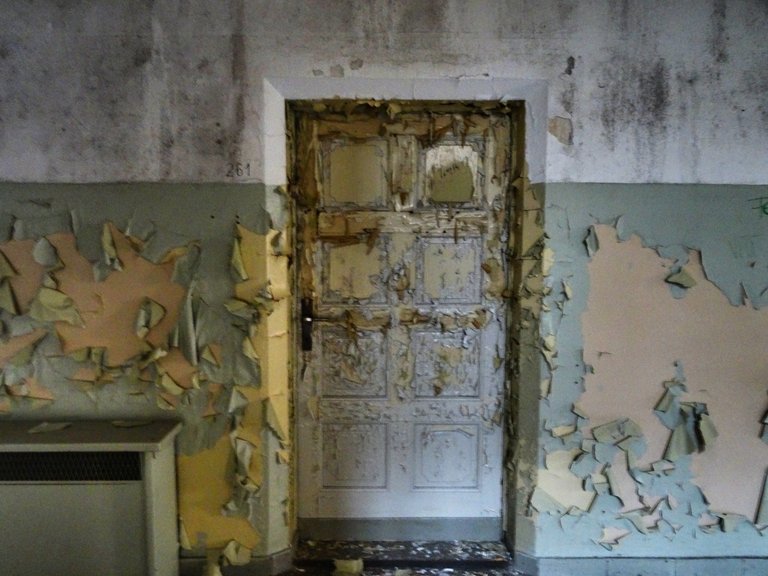 Time is taking the surface.
Time is taking the surface.
The porter's lodge stands like a defensive position made of East German wall units. From here, wide staircases lead upstairs, followed by long corridors with the former offices. The handrails from a century ago feature forged tendrils, the radiators date back to the VP era, and the office lighting was once standard equipment.
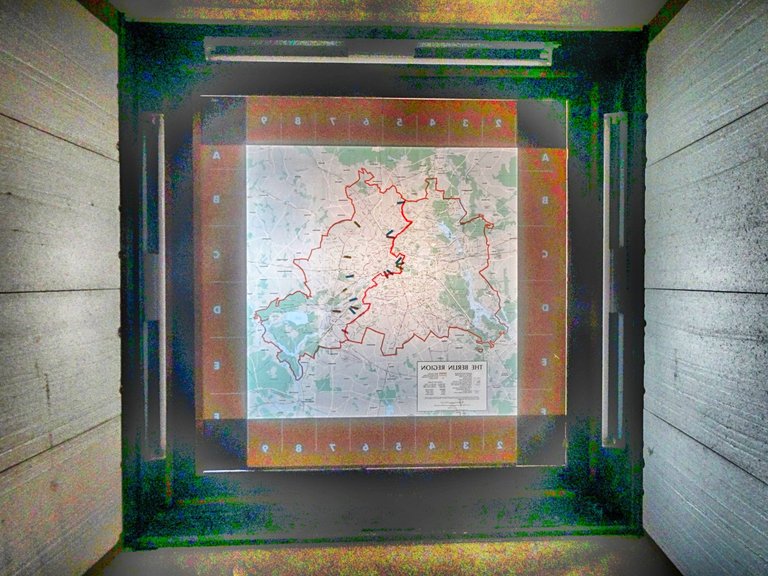 It's a riddle: The map of the German capitol Berlin from the Cold war era at the headquarter of the police in a town 250 kilometers away.
It's a riddle: The map of the German capitol Berlin from the Cold war era at the headquarter of the police in a town 250 kilometers away.
"Friday in my mind"
These suites of rooms have been abandoned for a decade and a half. But traces of their former users are still there: a union sticker celebrating "180 Years of Criminal Investigation," for example; a pack of magnets from the state-owned Robotron company; a picture drawn by an official with a grinning face that cheers, "Today is Friday."
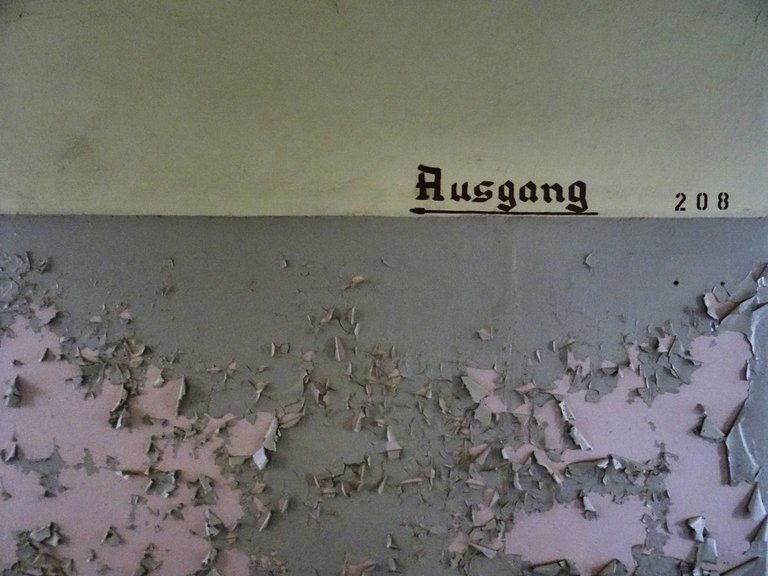 Outside
Outside
A cardboard sign bearing the inscription "shoe print secured by plaster" bears witness, like a leftover seal on a door, to the official operations of five different systems. The intact clay seal bears the inscription "GDR-MdI."
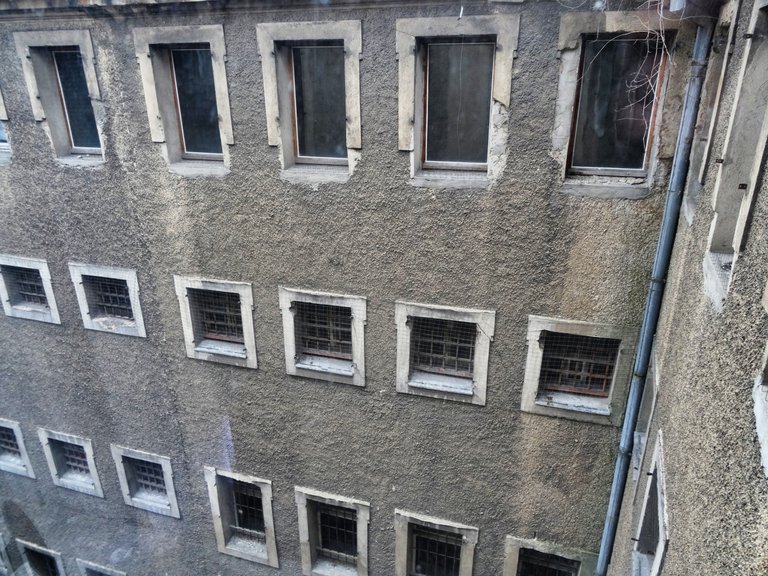 The cellar block
The cellar block
It is a time capsule made of bricks, without electricity and poorly lit, but full of memorable images and unsolvable puzzles. At the back of the cell block, where Dirk Droemer, a former Halle resident, had to spend an unpleasant night as a medical student, years of vacancy have stripped the paint from the oil-based surfaces.
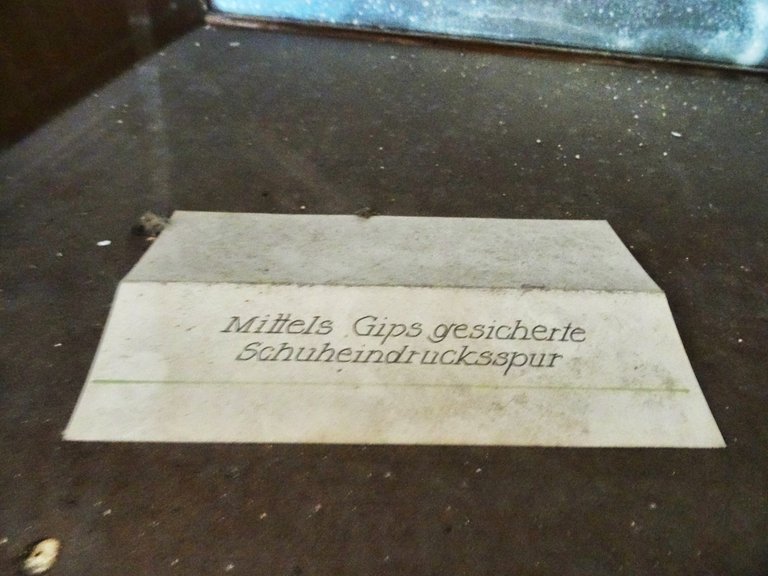 The sign said: shoe print secured by gibs.
The sign said: shoe print secured by gibs.
Second life
Under the loose, modern wall covering, government wallpaper from the VEB Tapetenfabrik Coswig shimmers. One of the executive offices has a massive hole in the wall, into which a backlit map is stretched. Perhaps the biggest mystery here: it doesn't show Halle, but the German capital, Berlin.
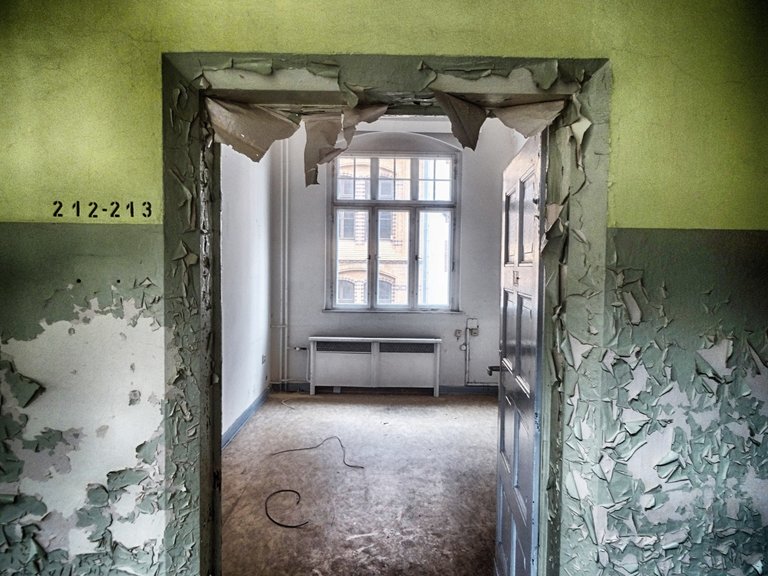 One of the offices.
One of the offices.
After years in which the house was passed from hand to hand without any plans to convert it into a hotel, student residence, or retirement home ever being implemented, the second life of the historic building is now set to begin.
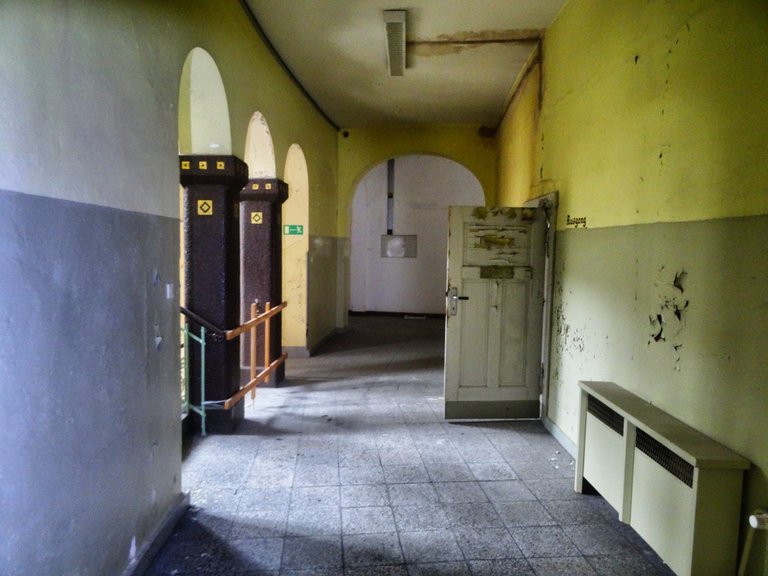 Another corridor
Another corridor
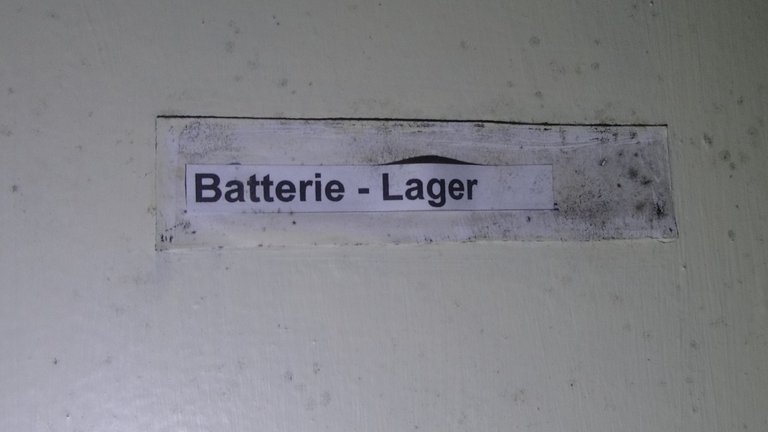 Battery warehouse
Battery warehouse
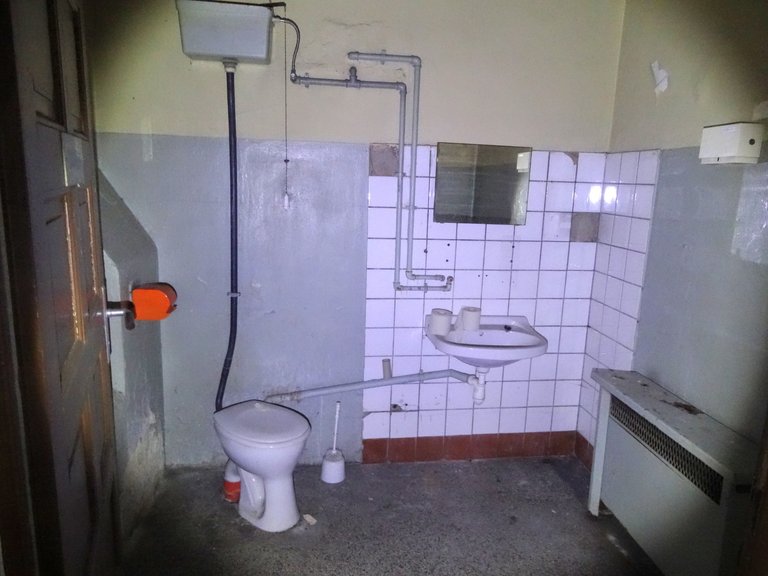 Another police men rest room.
Another police men rest room.
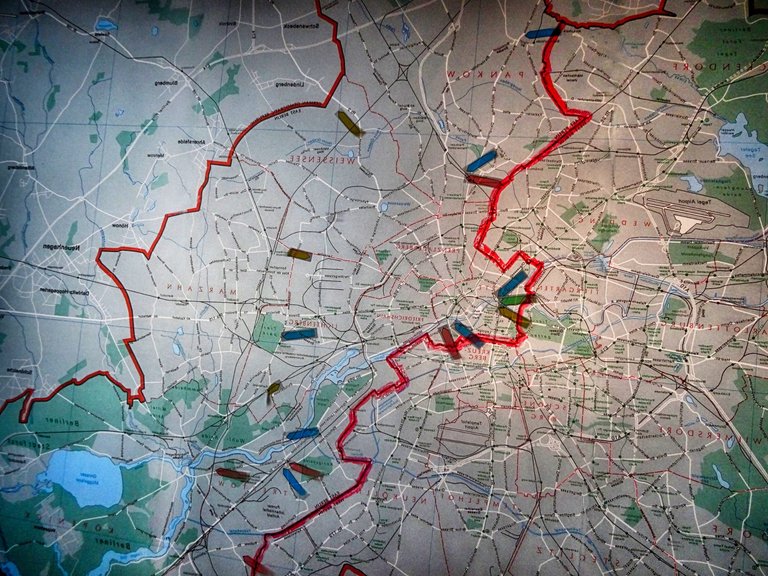 The strange map, mirrored
The strange map, mirrored
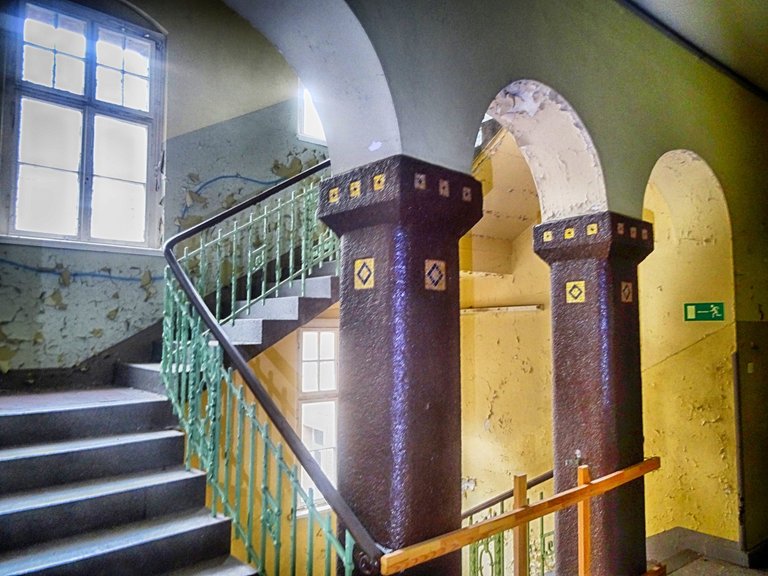 The way up - the house is very huge.
The way up - the house is very huge.
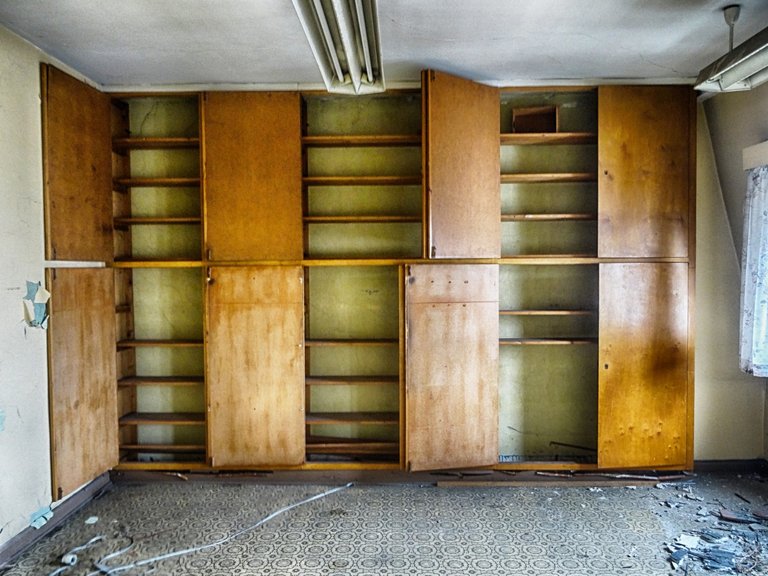 One of the filing cabinets
One of the filing cabinets
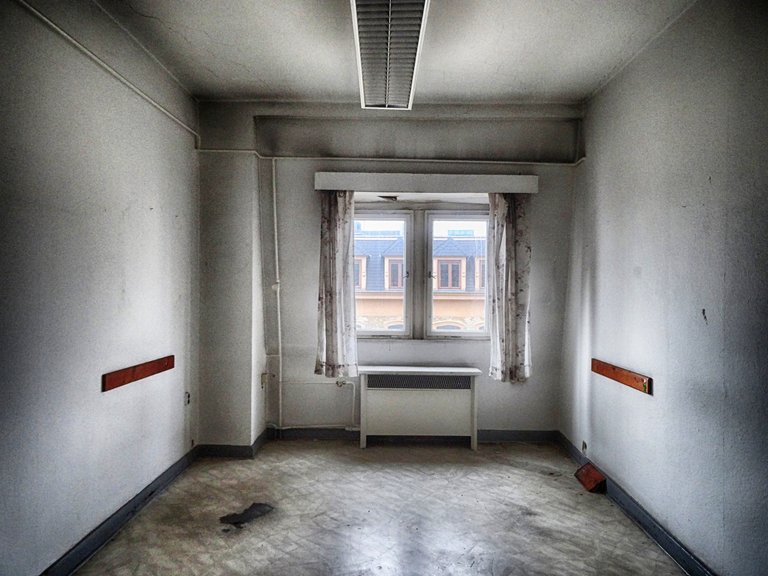 Another lost office
Another lost office
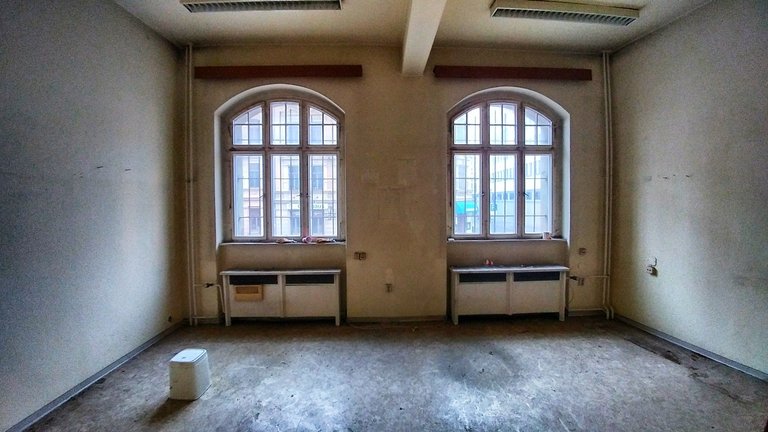 a greater one
a greater one
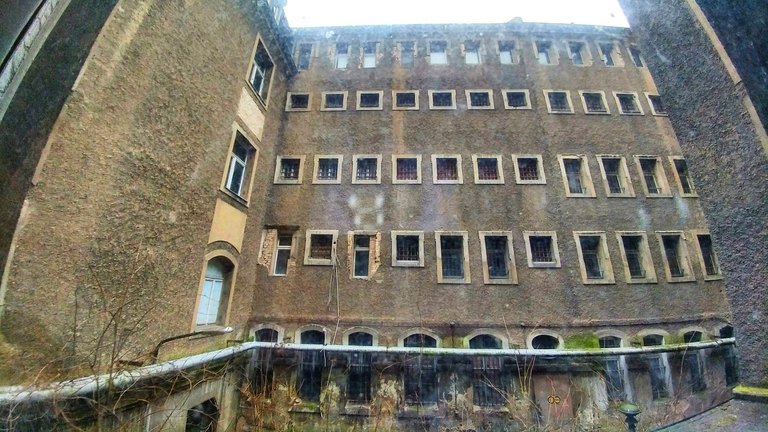 All the walls are full of tears and blood
All the walls are full of tears and blood
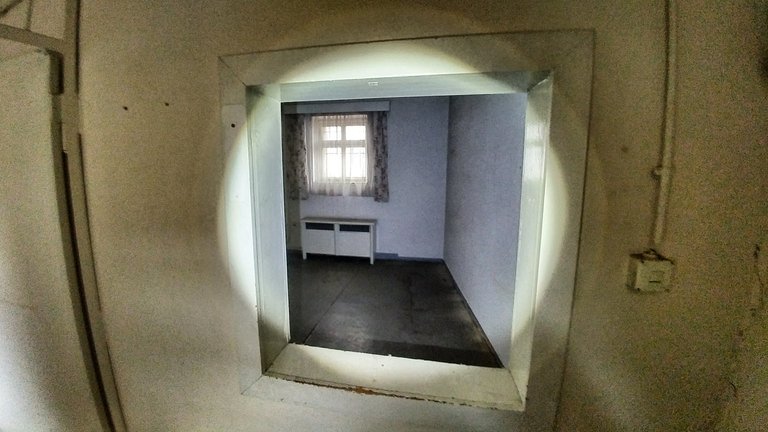 A room with an inside window
A room with an inside window
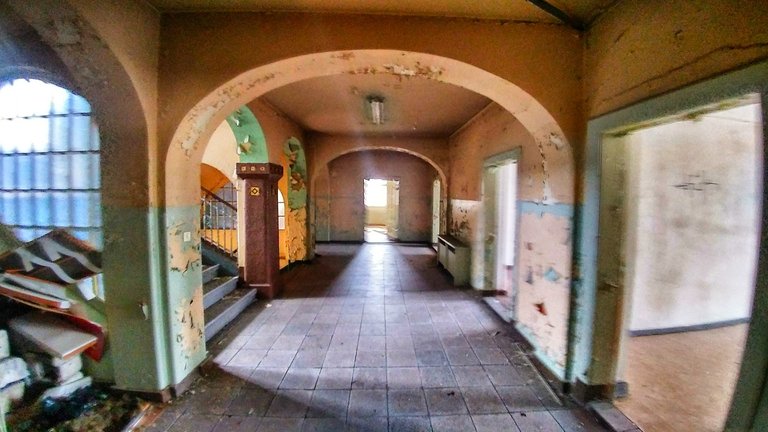
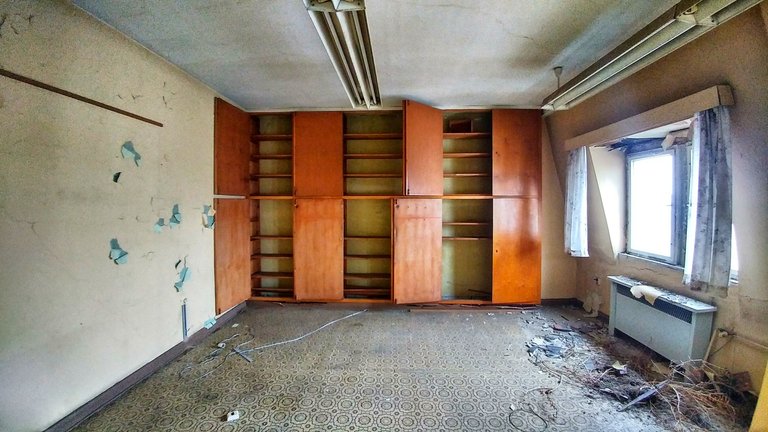
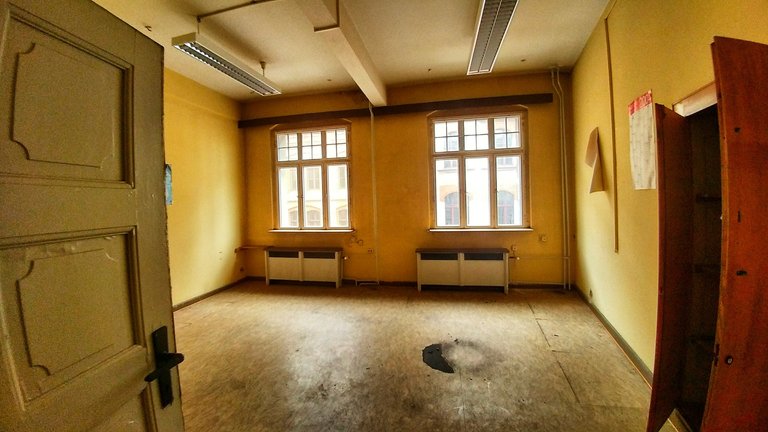
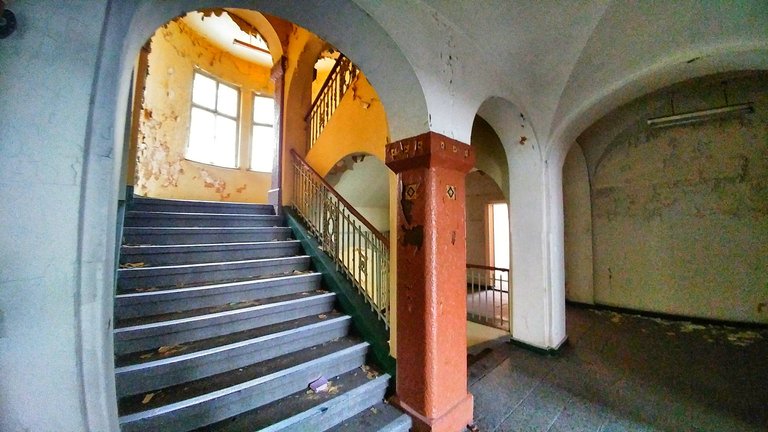
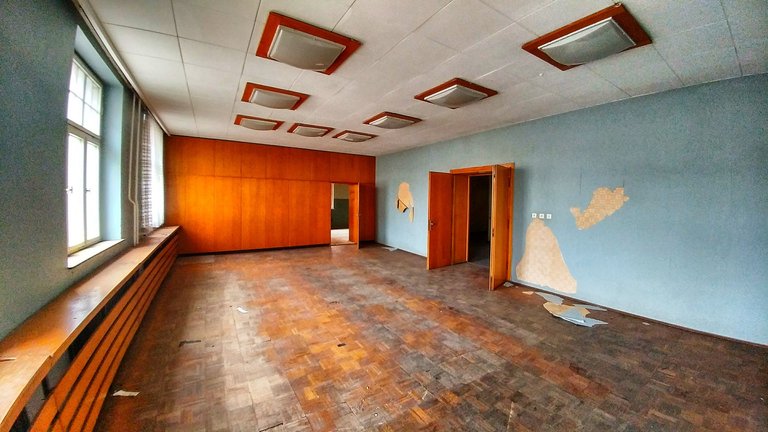
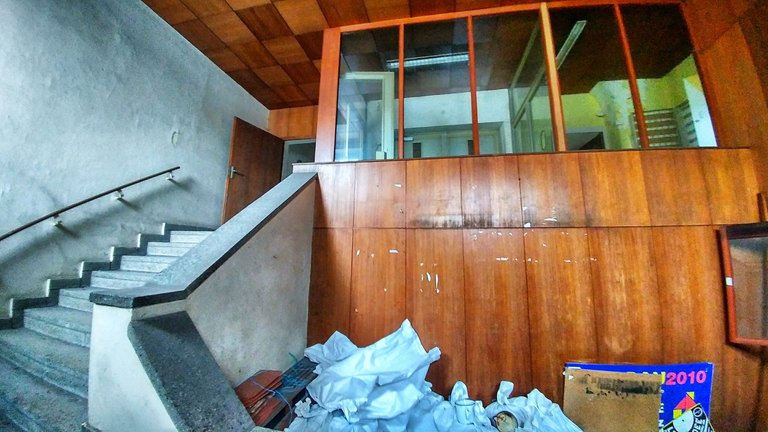
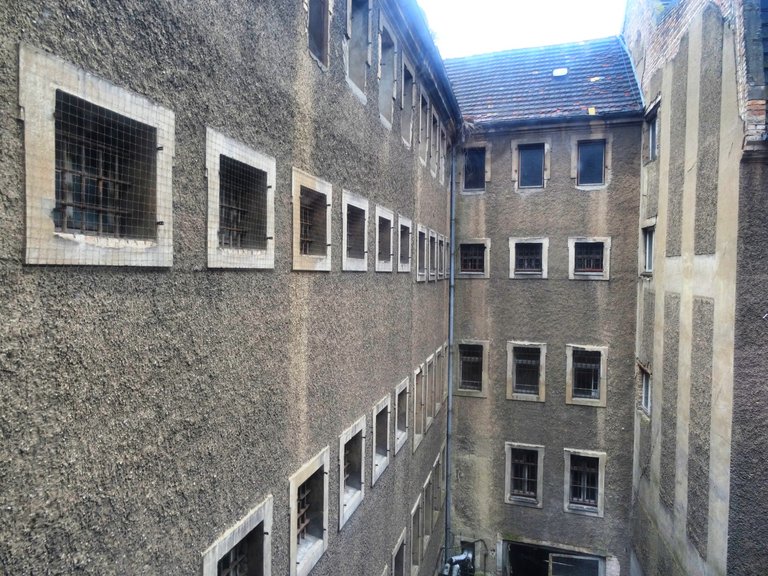
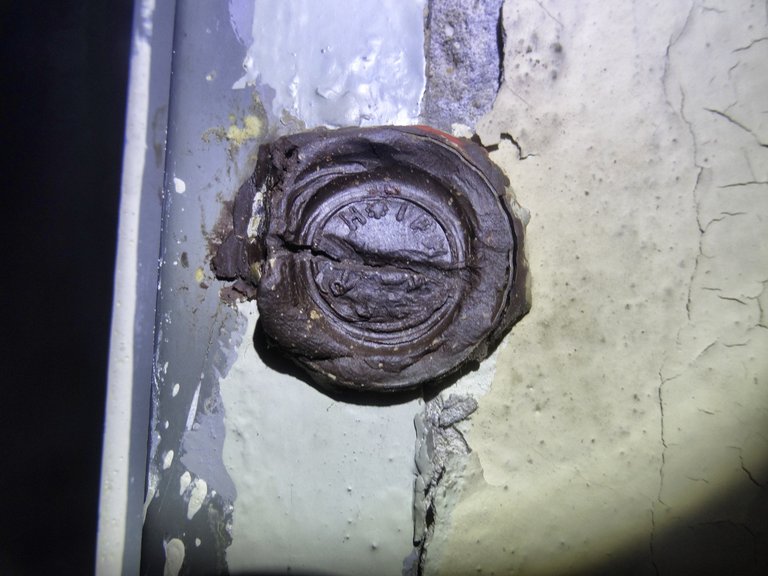
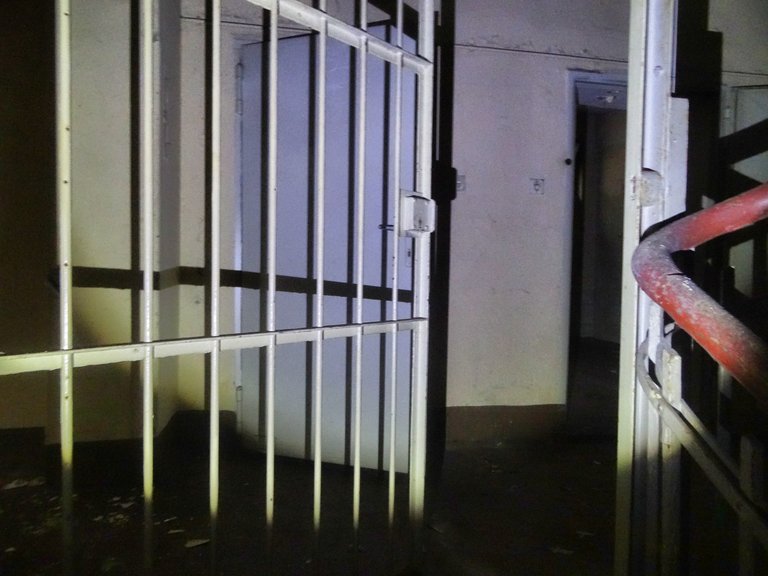
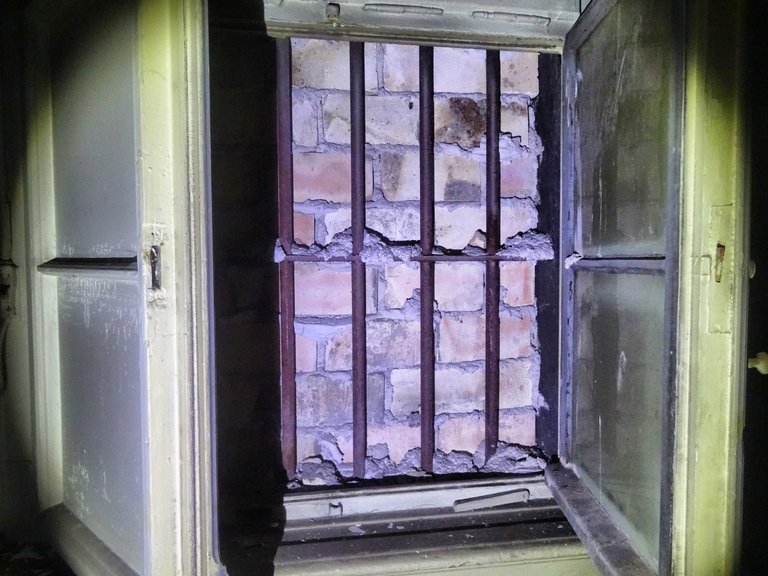
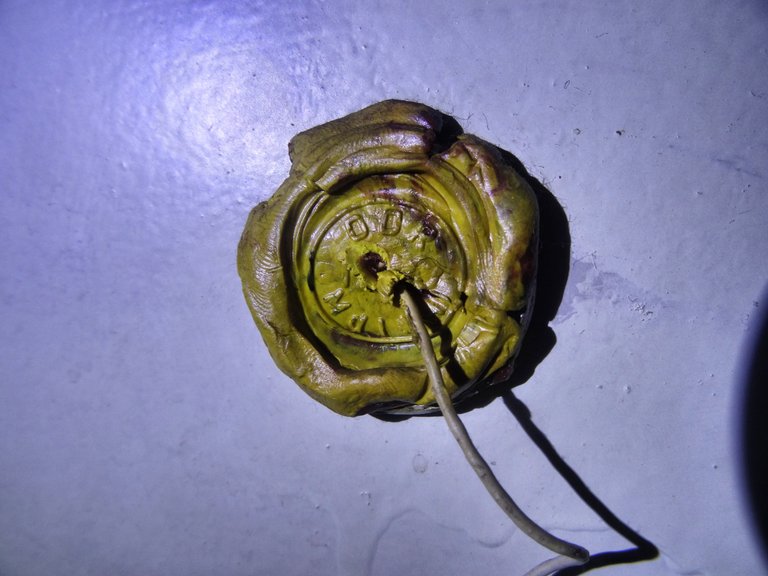
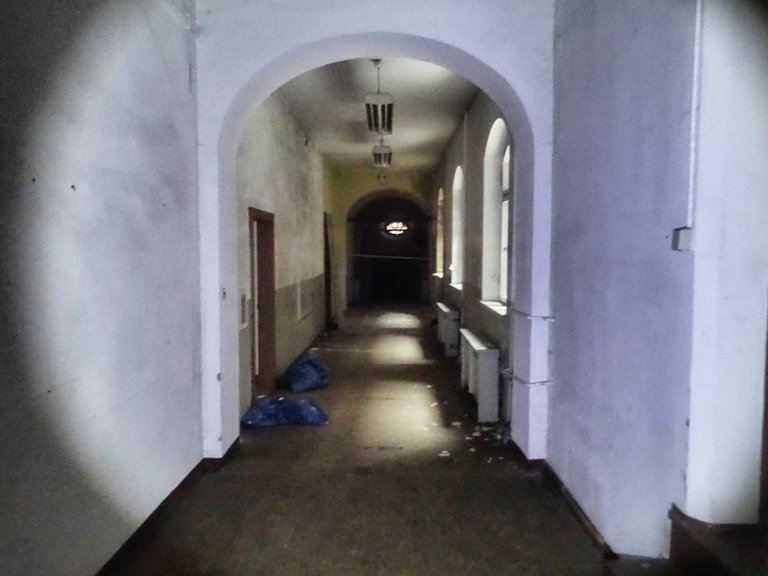
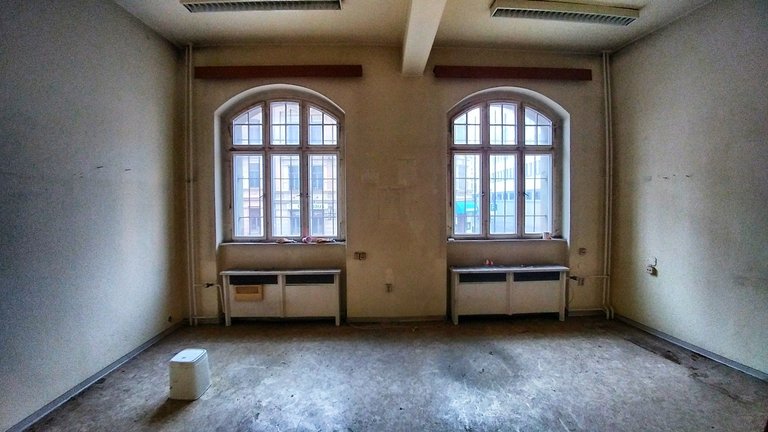
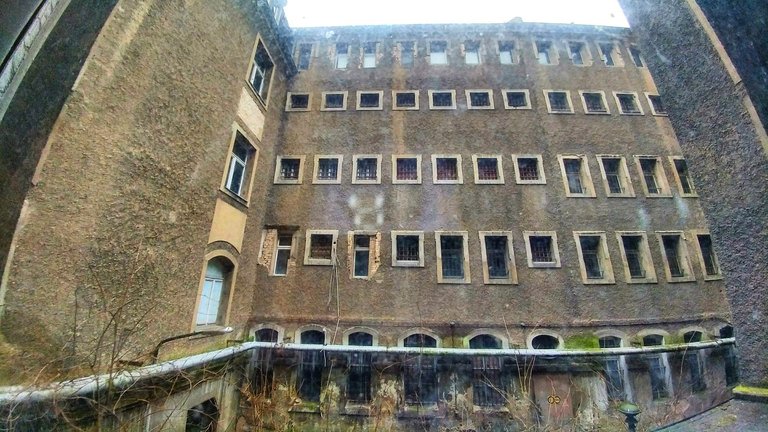
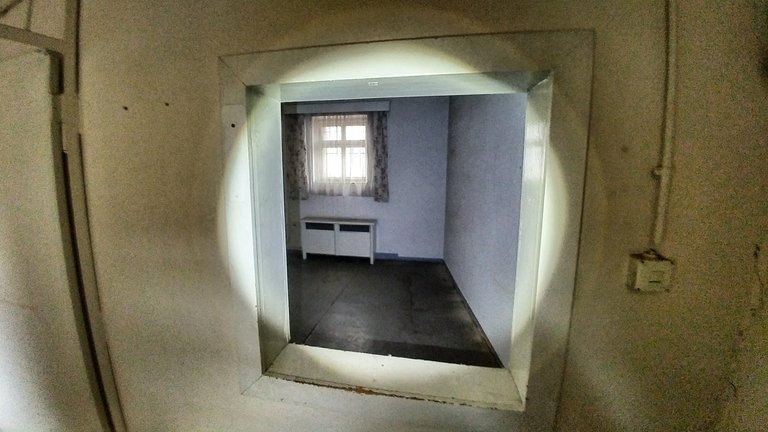
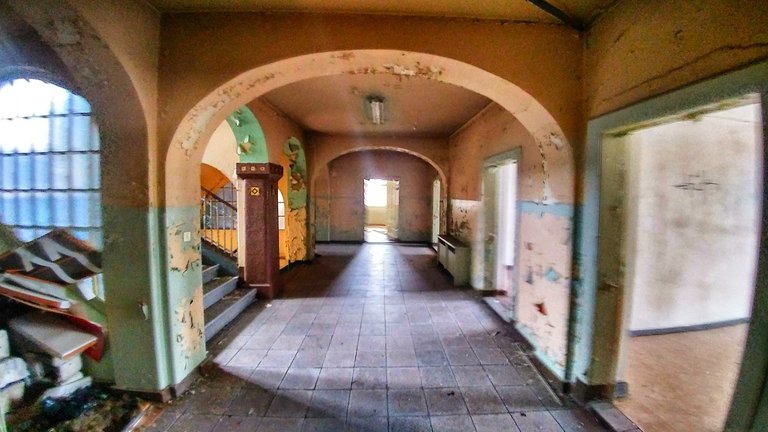
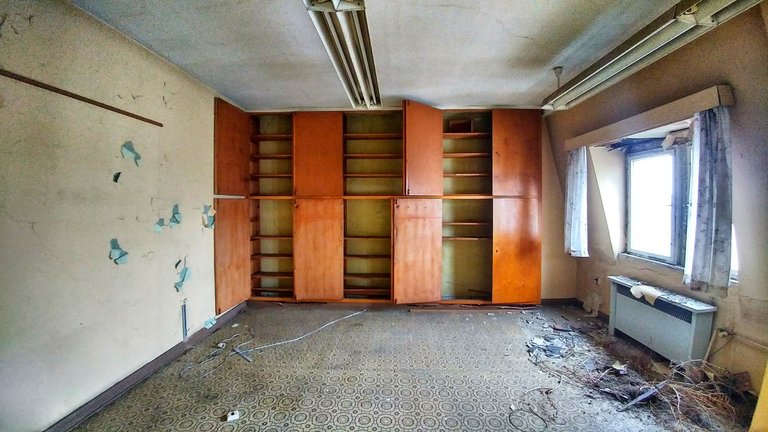
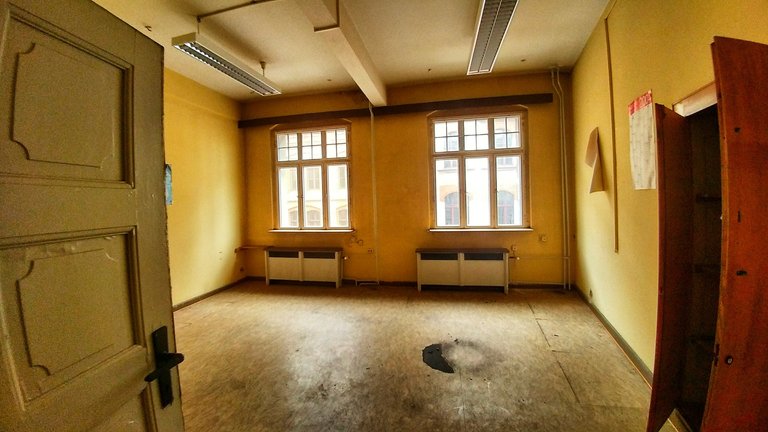
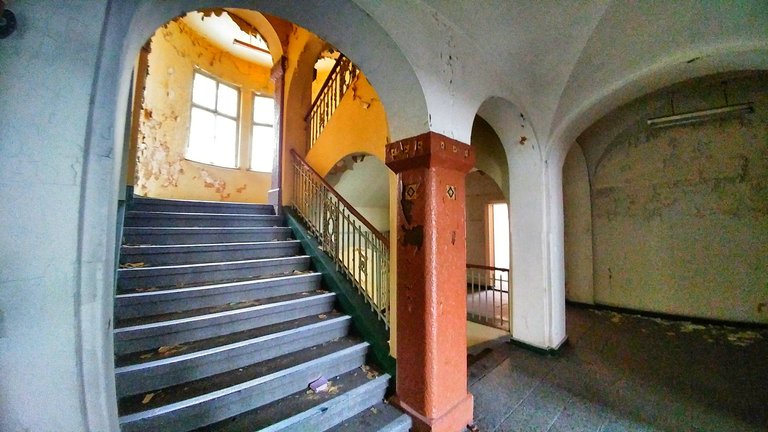
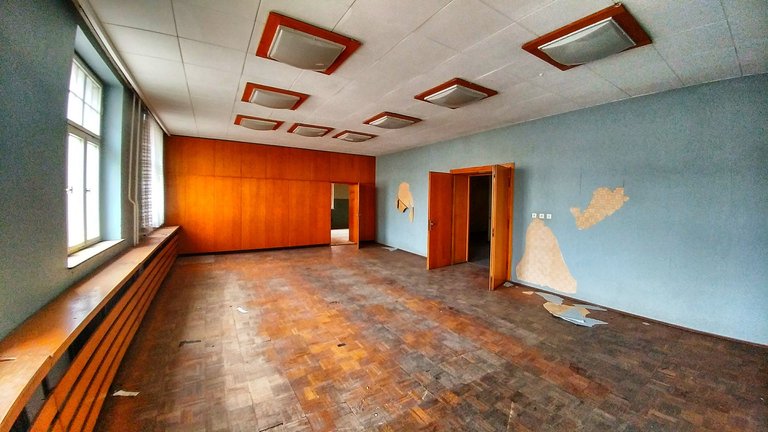
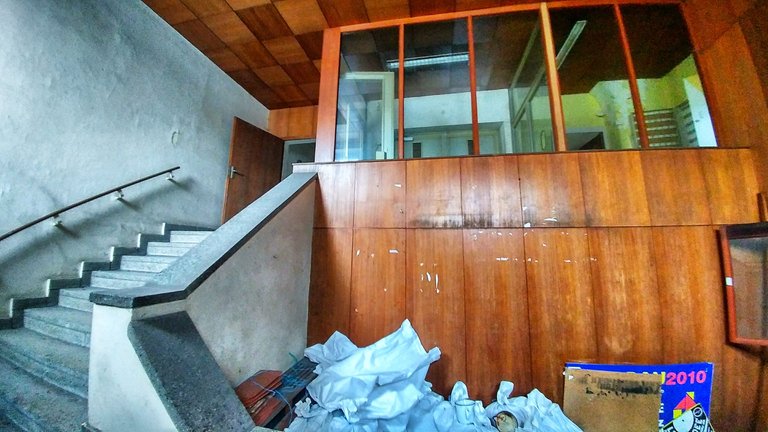
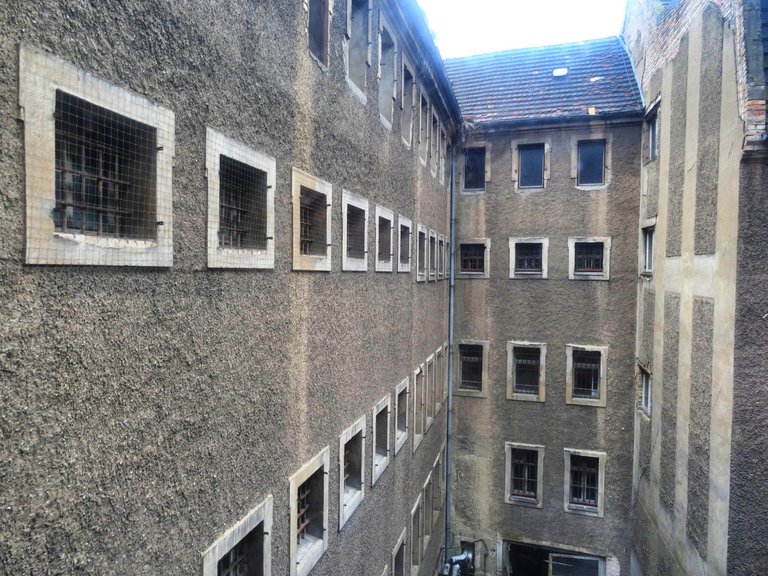
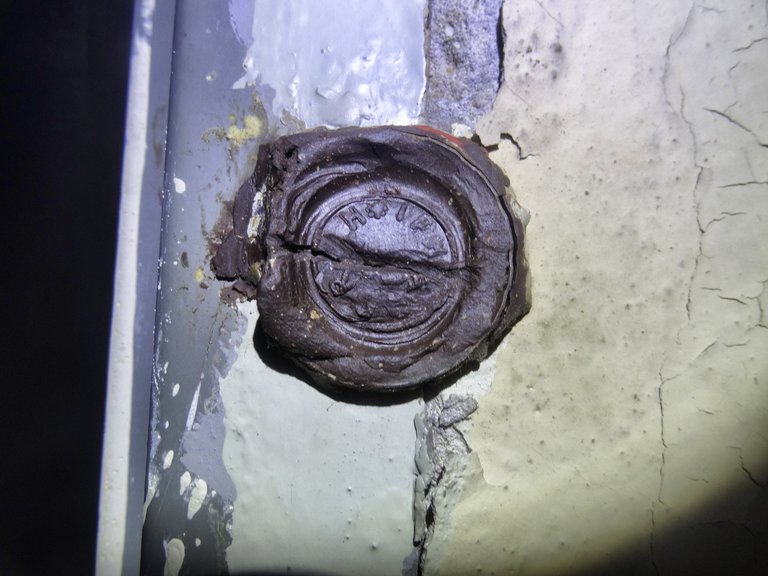
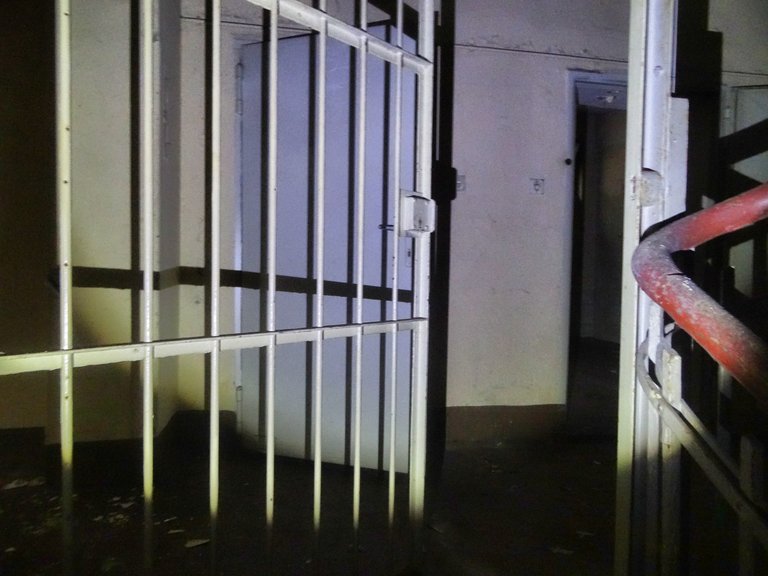

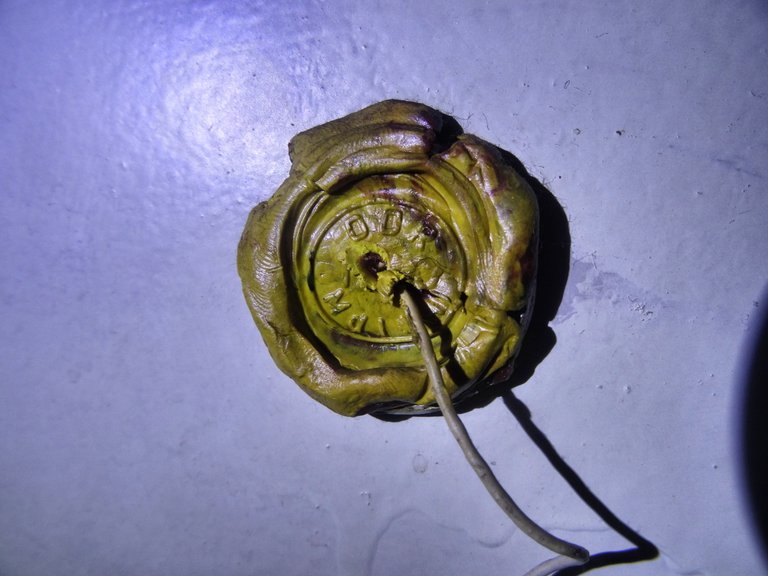
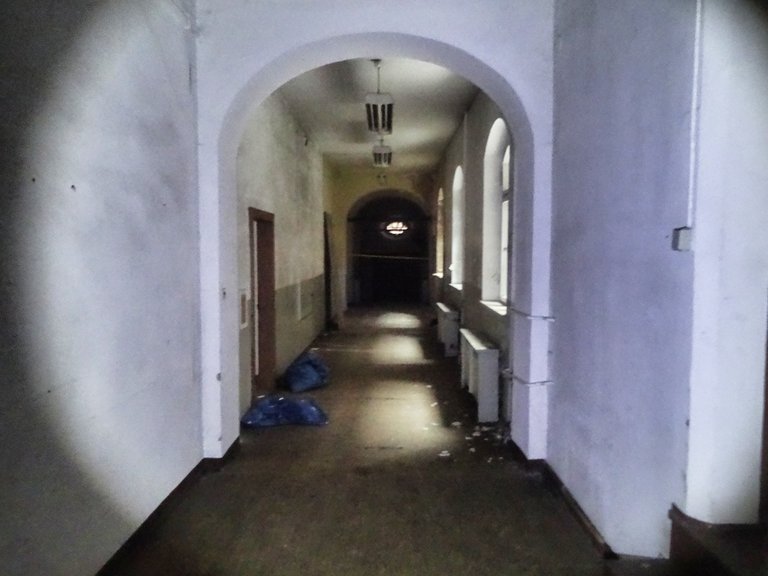
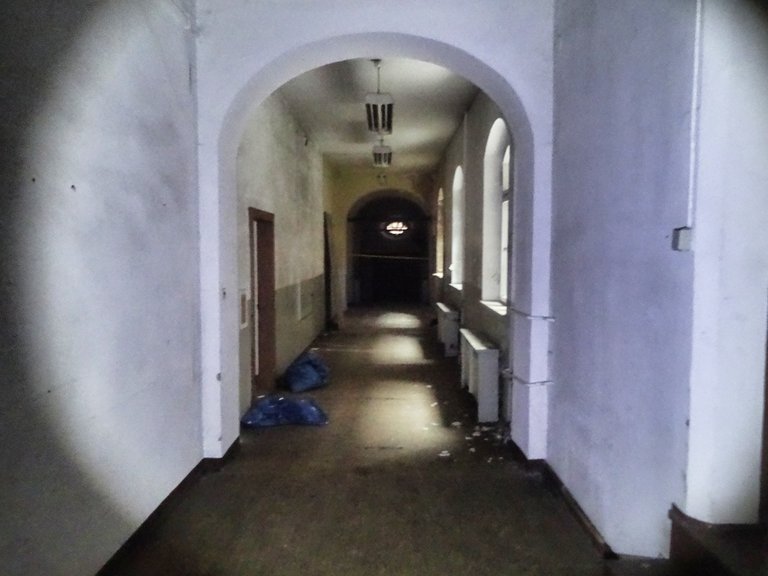
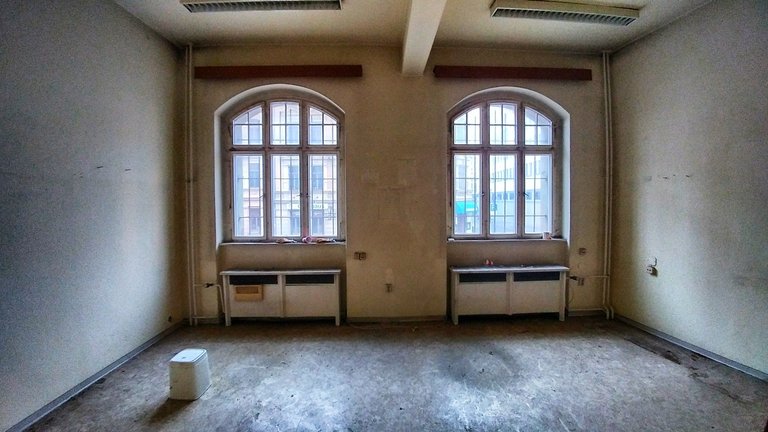
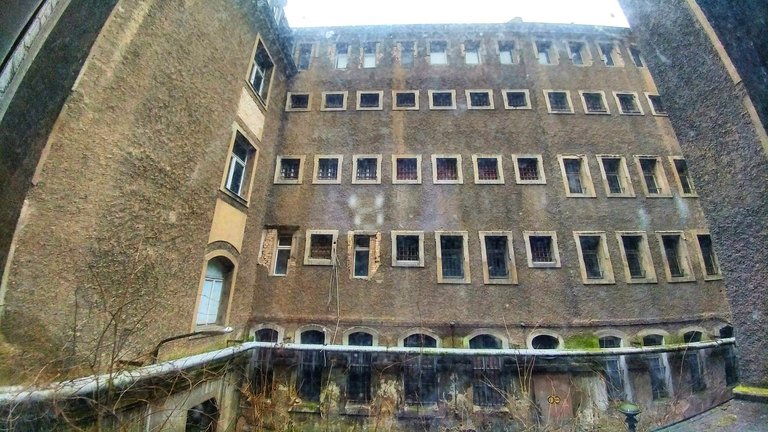
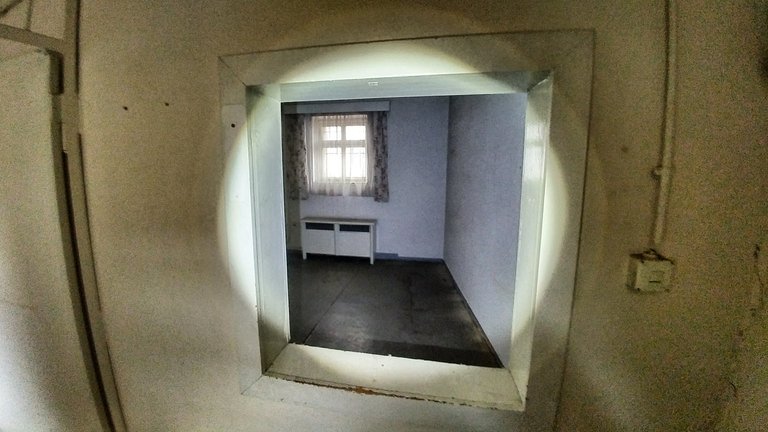
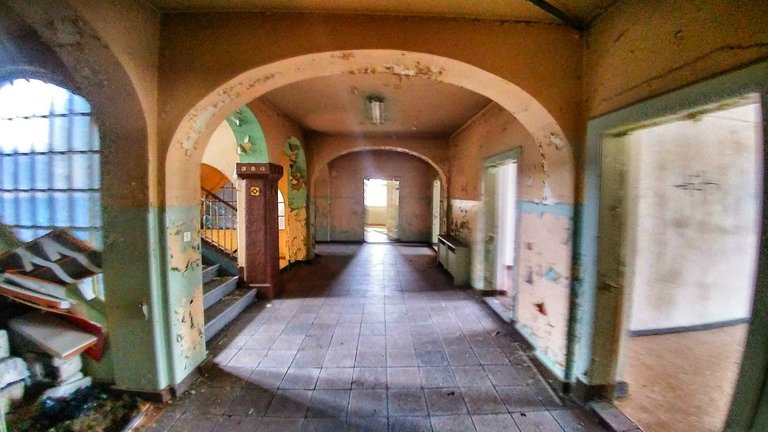
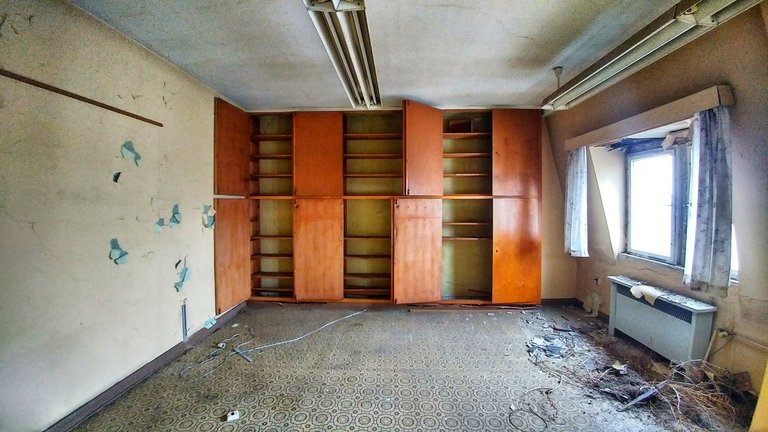
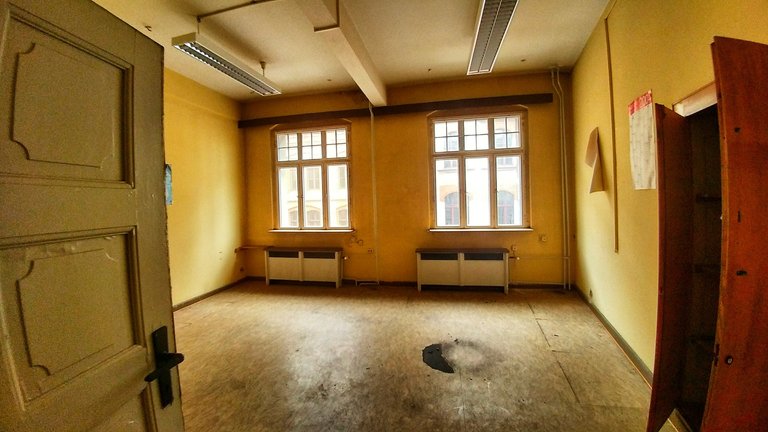
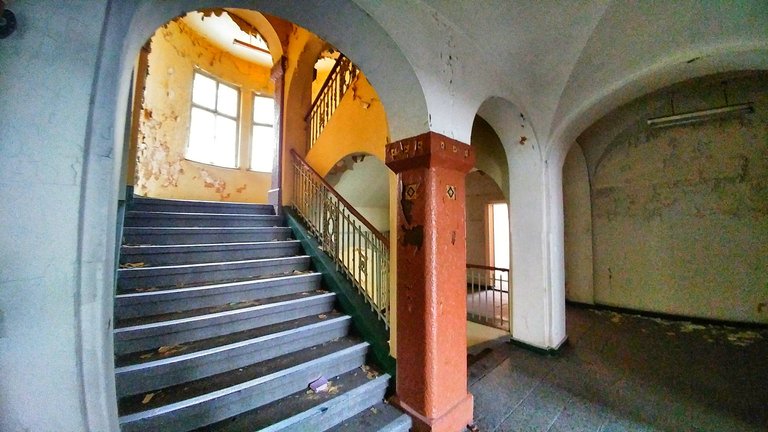
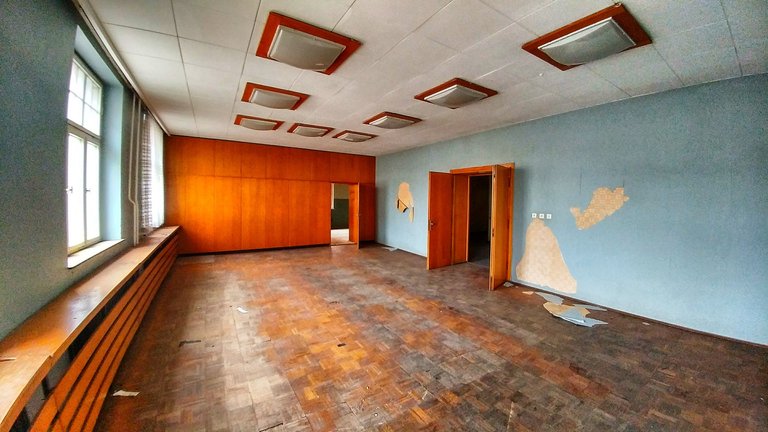
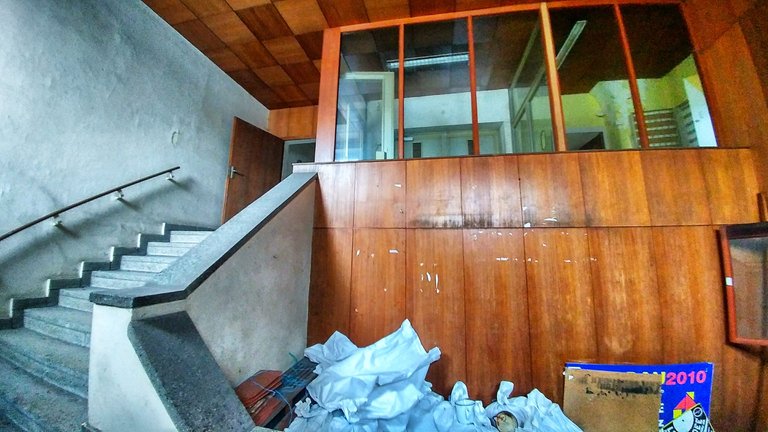
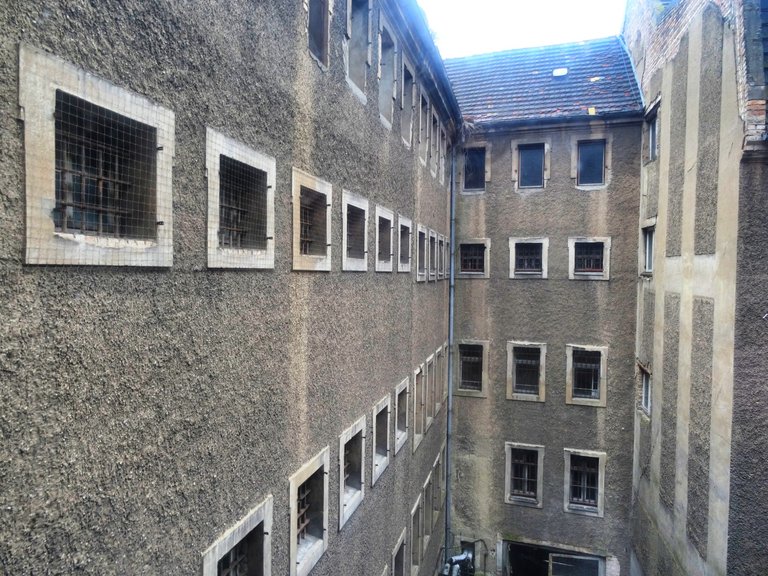
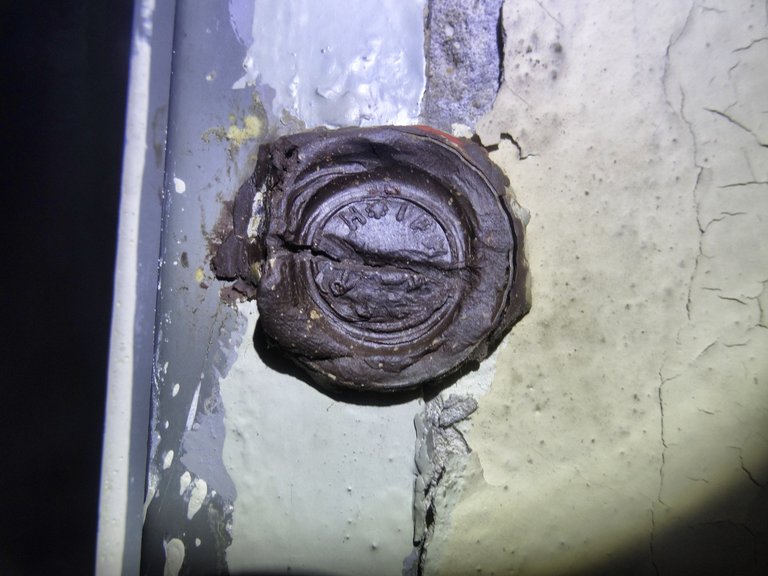
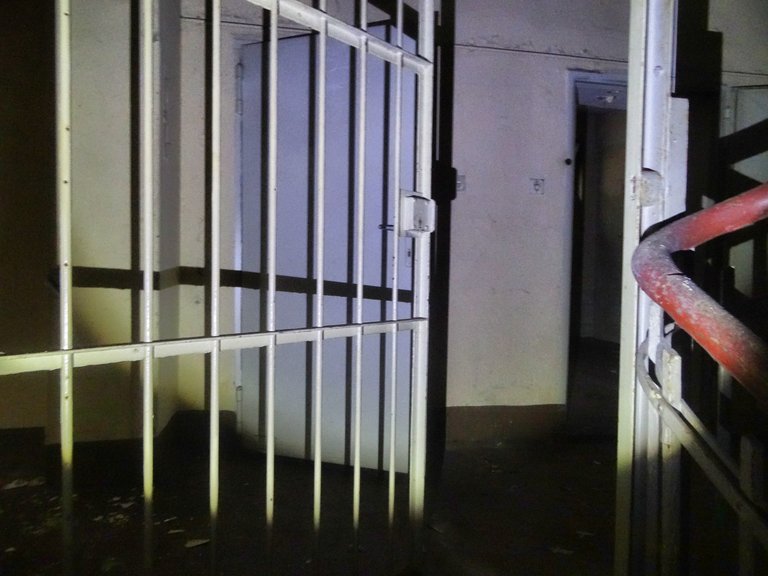
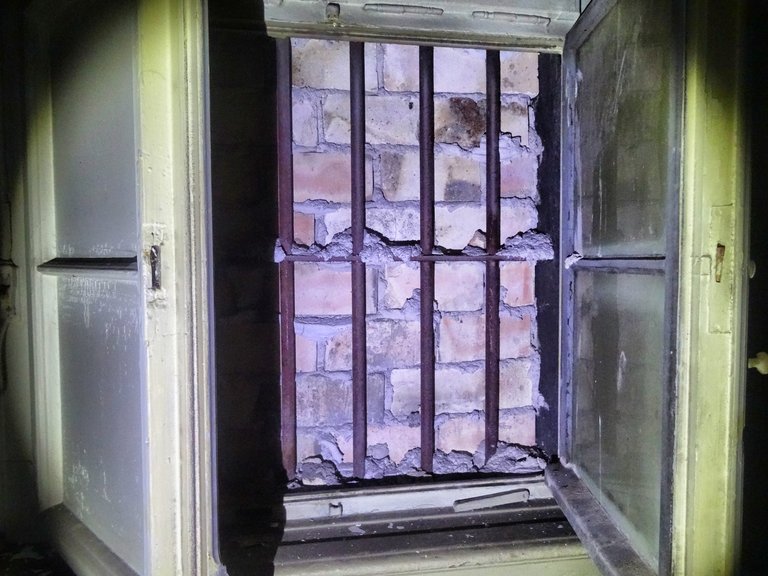
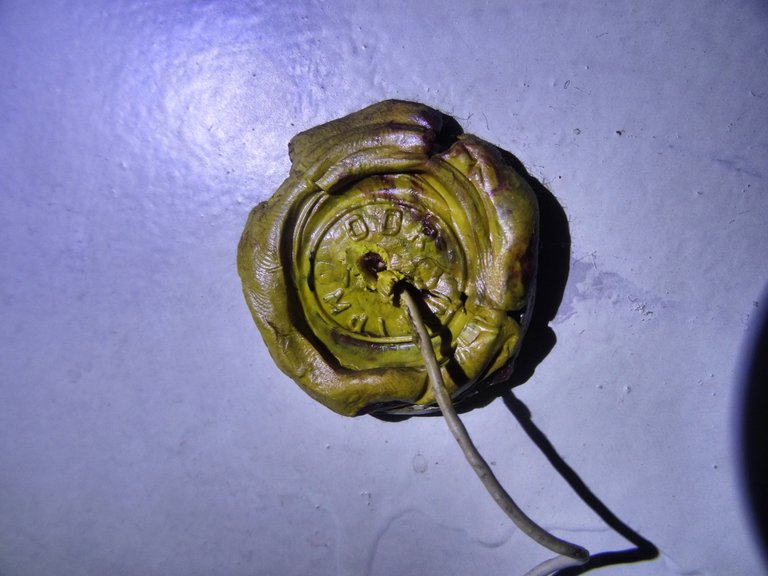
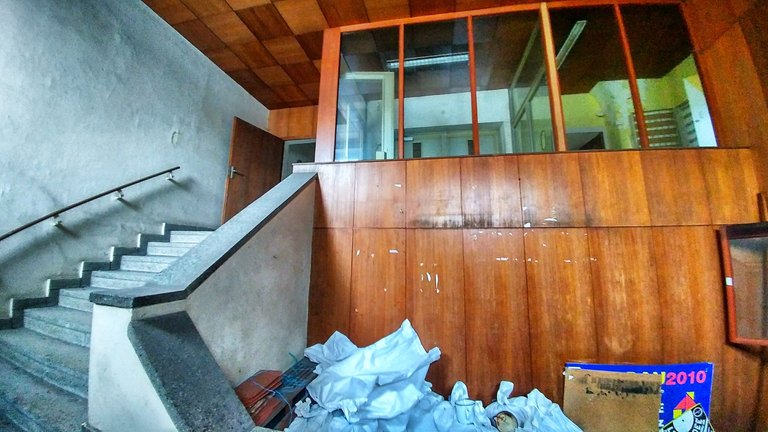
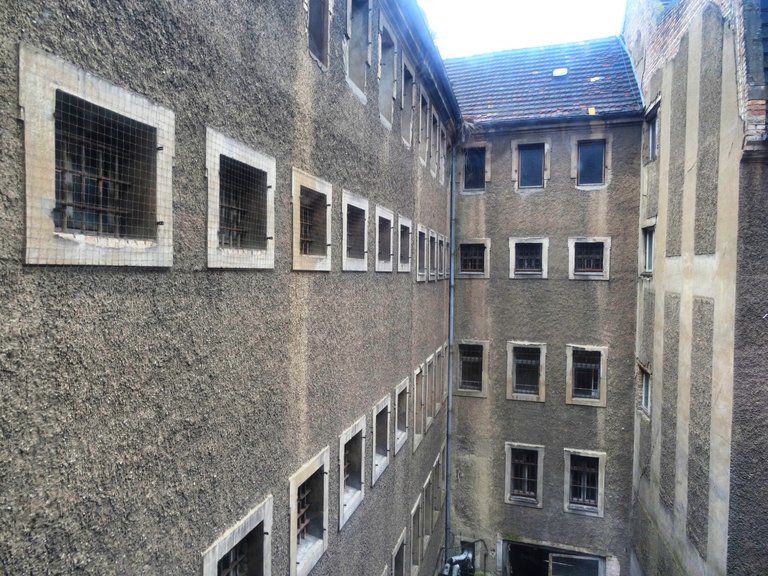
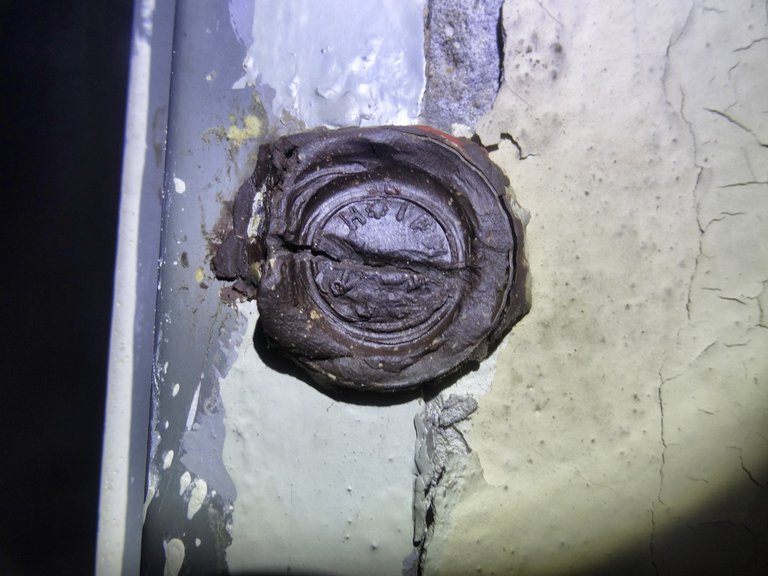
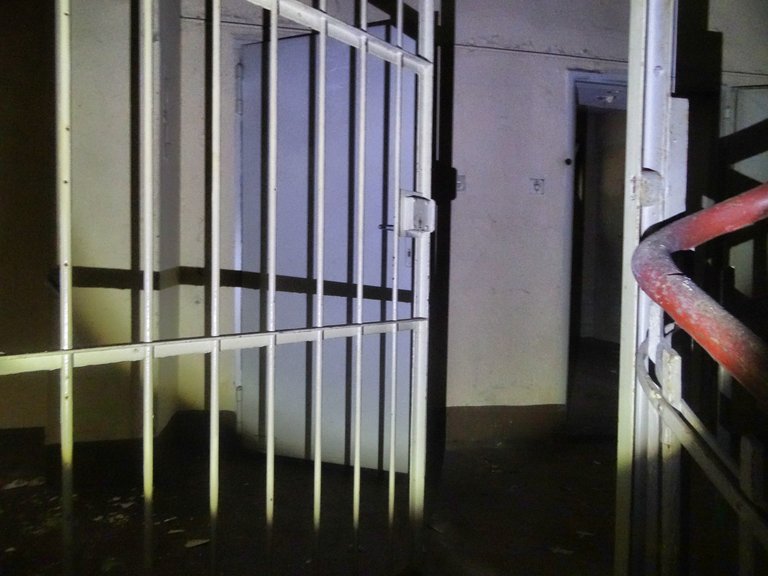
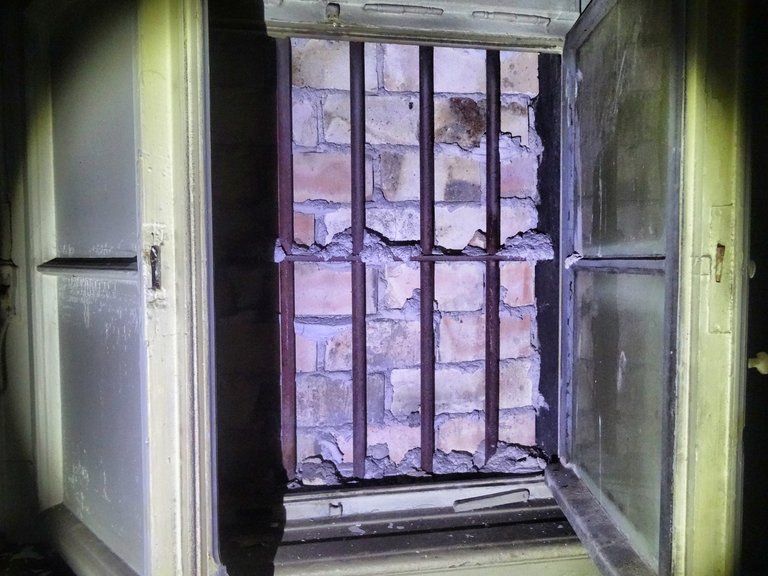
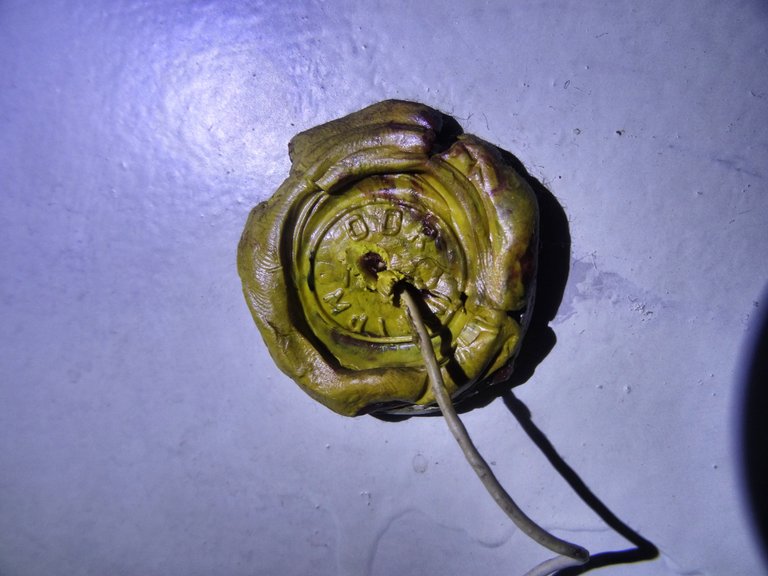
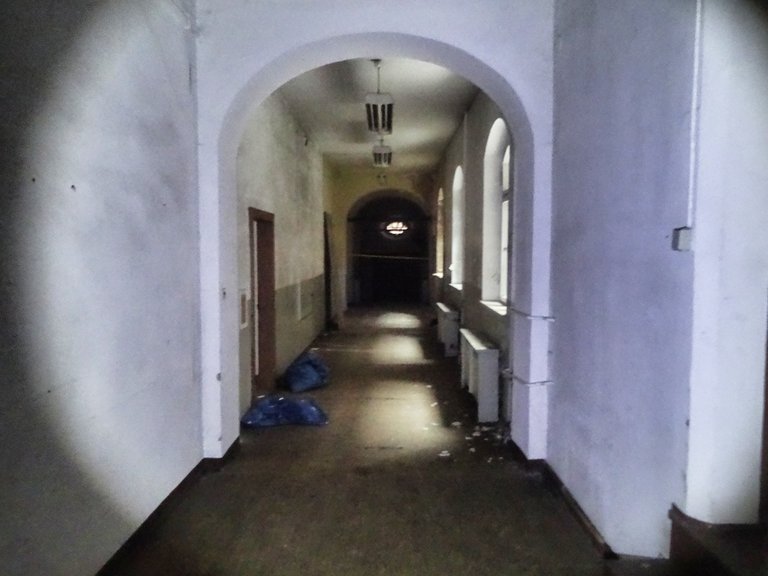
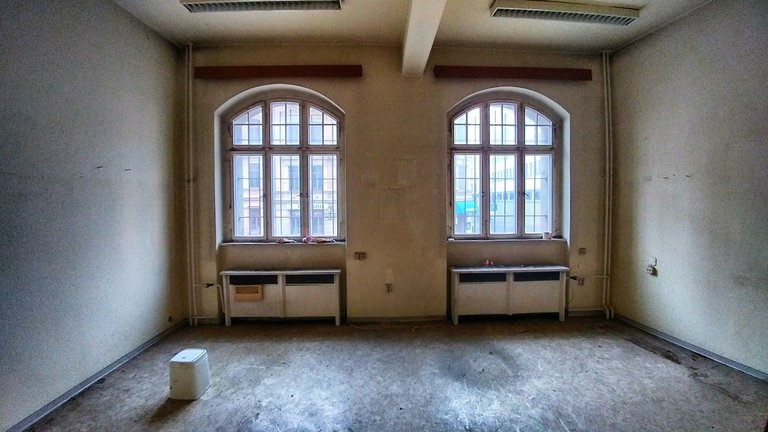
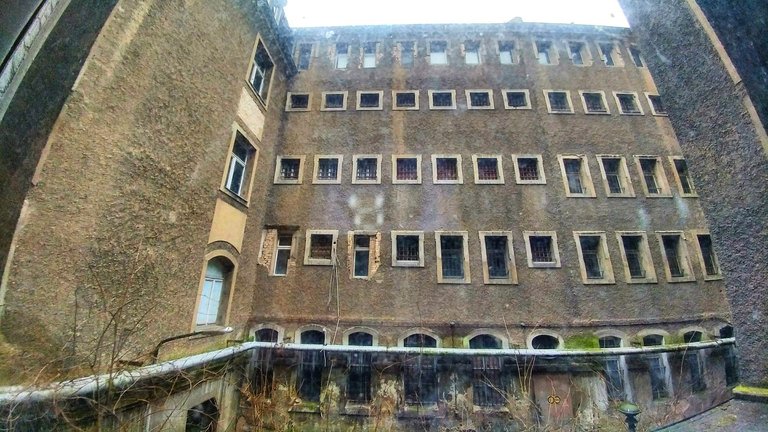
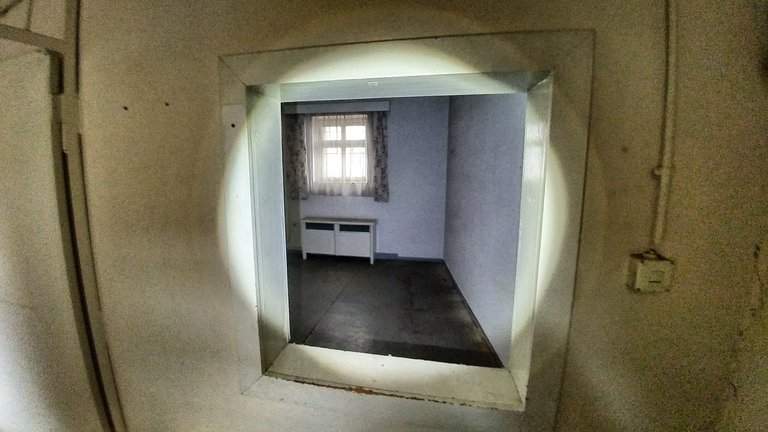
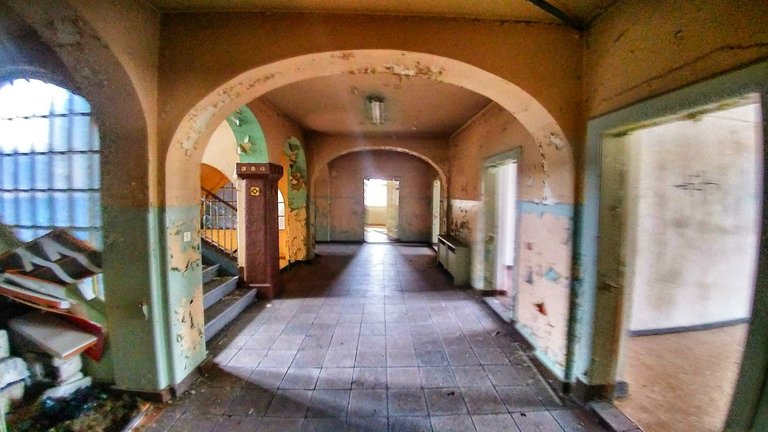
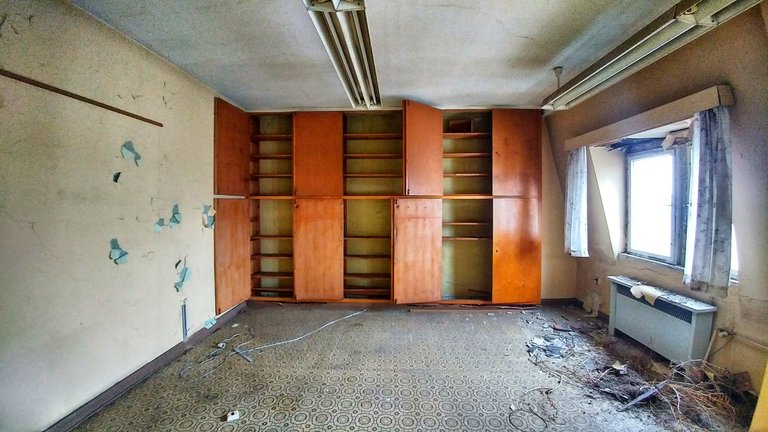
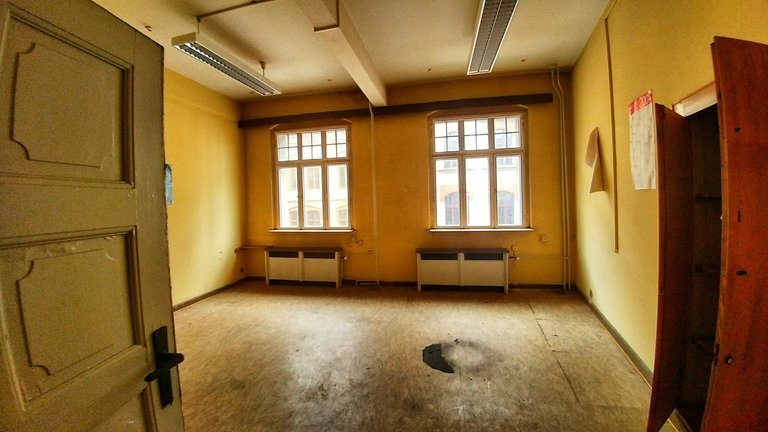
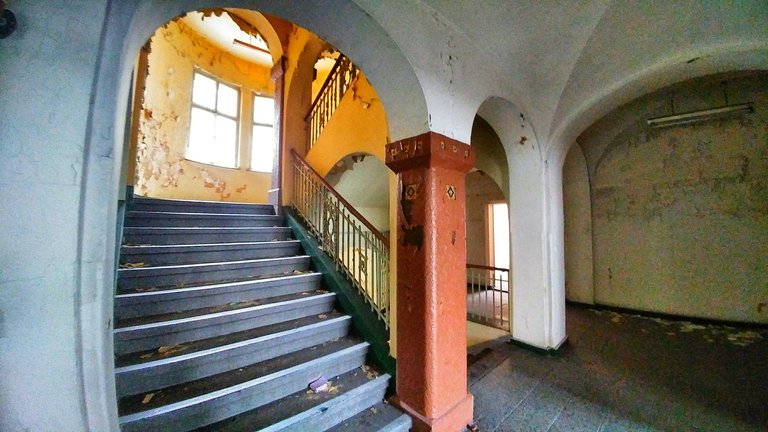
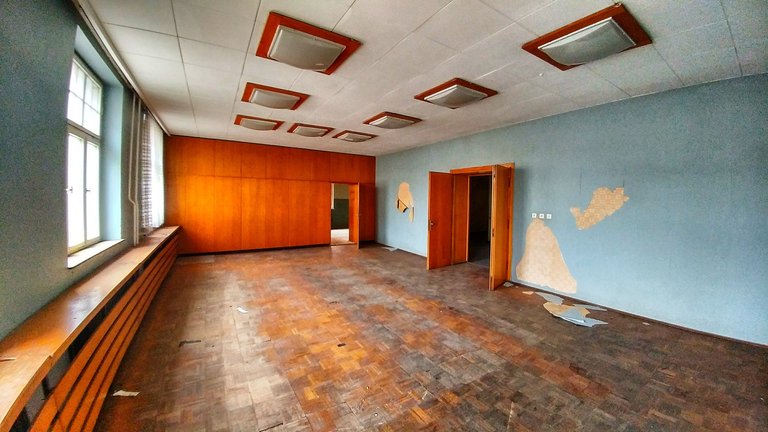
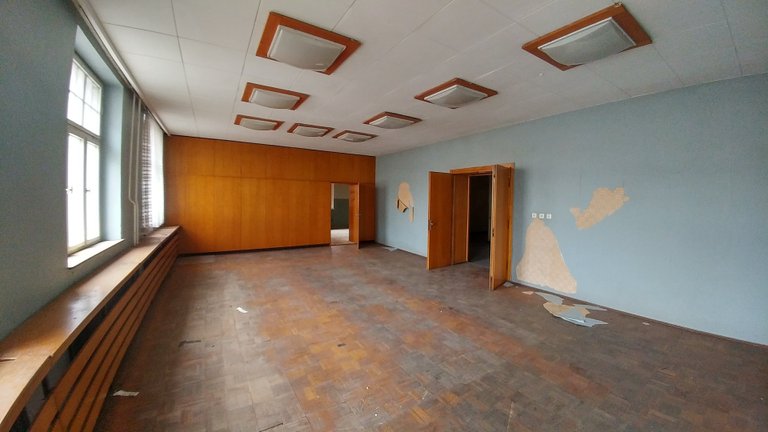
You can check out this post and your own profile on the map. Be part of the Worldmappin Community and join our Discord Channel to get in touch with other travelers, ask questions or just be updated on our latest features.
Congratulations, your post has been added to the TravelFeed Map! 🎉🥳🌴
Did you know you have your own profile map?
And every post has their own map too!
Want to have your post on the map too?
- Go to TravelFeed Map
- Click the create pin button
- Drag the marker to where your post should be. Zoom in if needed or use the search bar (top right).
- Copy and paste the generated code in your post (any Hive frontend)
- Or login with Hive Keychain or Hivesigner and click "create post" to post to Hive directly from TravelFeed
- Congrats, your post is now on the map!
PS: You can import your previous Pinmapple posts to the TravelFeed map.Opt Out
Congratulations @koenau! You received the biggest smile and some love from TravelFeed! Keep up the amazing blog. 😍 Your post was also chosen as top pick of the day and is now featured on the TravelFeed front page.
Thanks for using TravelFeed!
@for91days (TravelFeed team)
PS: Did you know that we launched the truvvl app? With truvvl, you can create travel stories on the go from your phone and swipe through nearby stories from other TravelFeed users. It is available on the Apple App Store and Google Play.
Such a powerful and haunting reminder of history. It’s chilling to think about the stories these walls could tell and how much pain they’ve witnessed over the years. Thanks for shedding light on this dark yet important part of the past."
https://www.reddit.com/r/urbanexploration/comments/1m3t68i/german_decay_walls_of_tears_at_the_headquarter_of/
This post has been shared on Reddit by @arqyanedesings through the HivePosh initiative.